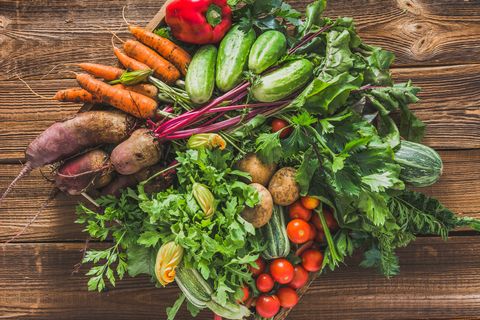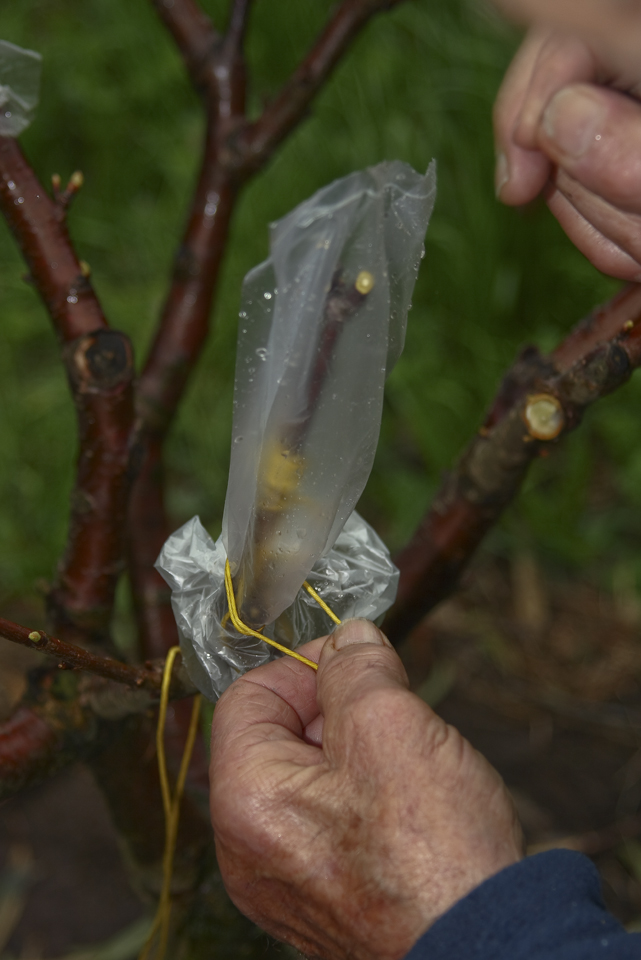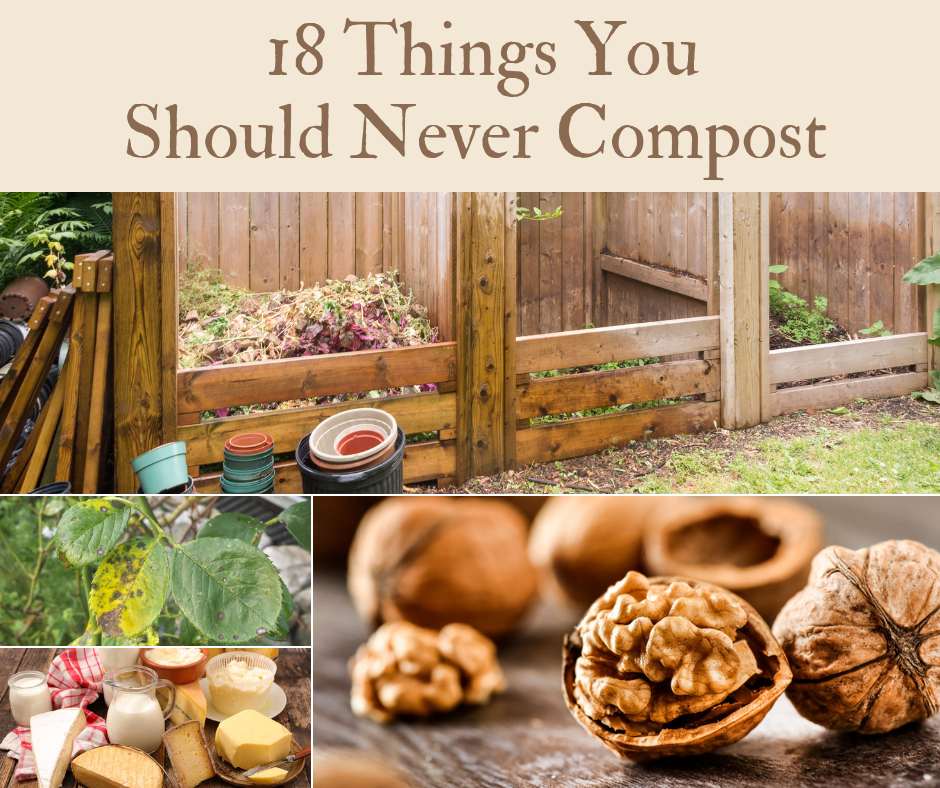Everyone wants a garden that will enhance the beauty of their space in the most beautiful way possible. Having a garden helps in reducing so many things, like the cost of buying vegetables, the transport, and the wastage of food. Most people, nowadays, are opting for organic gardening and it is recommended to follow such step as it will help in the conservation of the environment. There is no surprise that when the term organic comes to anyone’s mind, it is directed to being expensive. Well, to be honest it does not cost more than a packet of cigarette or a Gucci handbag. If you are interested in creating your own organic vegetable garden, then here are some tips that will help you move in the right direction.
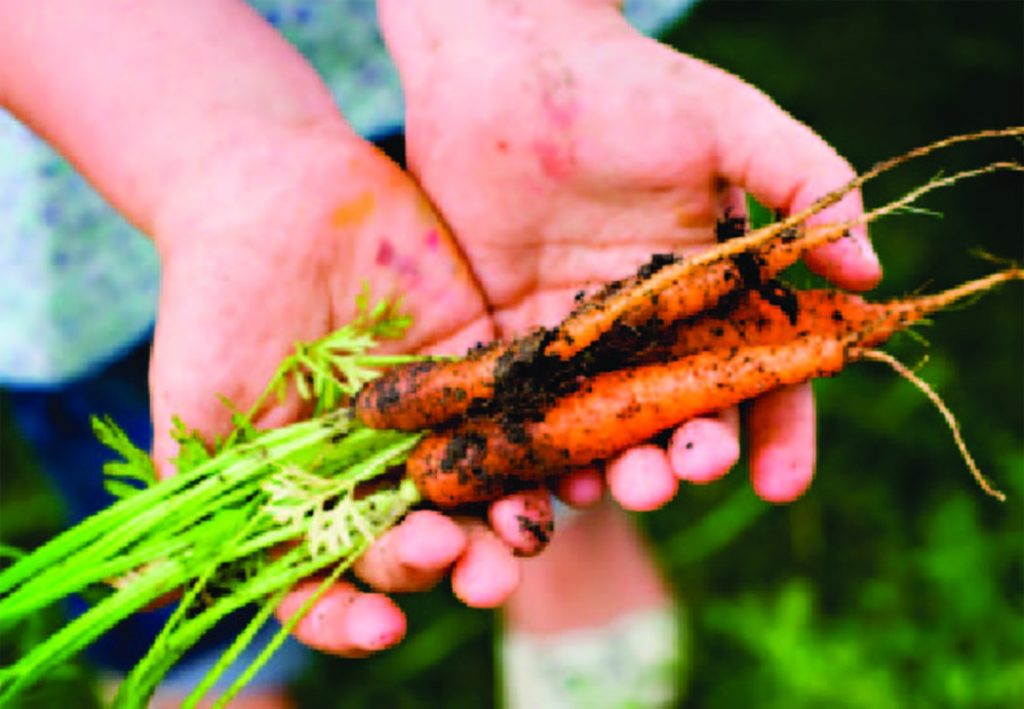
1. Test your soil:
If you are looking to have a successful outcome with an organic vegetable garden, you should first test your soil with a do-it-yourself home testing kit before you plant anything. These testing kits can be found at local garden centers and on the Internet at garden specialty stores. The kits use a number scale, 0 to 14, that helps you determine the acidity or alkalinity (also known as pH) levels of your soil. For most vegetables, an ideal number is about 6.5. If the results are too acidic (towards the low end of the scale) or too alkaline (towards the high end of the scale), your plants will not be able reap the benefits of the soil’s nutrients. Once you know the results of your soil, you will be able to adjust the soil accordingly by balancing these levels with the nutrients it is lacking.
2. Make plans ahead of time and decide where and how you will grow your garden:
Before you begin digging up your lawn, take a look at your property and decide where you would like to plant a garden. Location is very important, as you will want to pay attention to the position of the sun throughout the day (your plants will need healthy doses of direct sunlight each day), the rockiness of the ground, the drainage quality of the soil, and the location’s relation to your main water source.
If you have high quality soil in your yard and you have determined a location, you will want to take advantage of the benefits found in it. Healthy soils have upwards of 650 million microorganisms per one gram of soil. These organisms already present, such as earthworms and other forms of soil life are essential to the life of the soil and will help your garden prosper by providing your plants with valuable nutrients and minerals.
What to do if your soil is not healthy or if you do not have space for a garden at home:
- Build a raised bed By making a raised bed, you will have control over the garden’s soil quality. When building your bed, use untreated wood, stones, or brick as a side border and be sure to make the border at least 16 inches high as the depth is important. The plants’ roots will need room to stretch and grow.
- Consider container gardening If you are a city dweller, you do not have to miss out on the benefits of growing your own produce. Plant in containers that are large enough to accommodate root growth. Be sure they also have drainage holes. If you are planting organic herbs, pots that are at least 6 inches across are ideal. Another helpful hint is to use plastic pots instead of terra cotta pots. Plastic may not be as aesthetically pleasing, but they will hold moisture longer and will not dry out as quickly as terra cotta pots.
- Join a local community garden Another option is to join a community garden in your area. This is a great way to reap the benefits of growing your own organic food if you do not have land at home. Community gardens are vacant lots or fields that have been turned into mini-farms so that members of the community can plant small gardens of their own. To find out if there are community gardens near you, contact your local parks and recreation department or take a stroll in your neighborhood and see if any gardens exist. If you stumble across one, step inside and ask a member what you need to do to join.
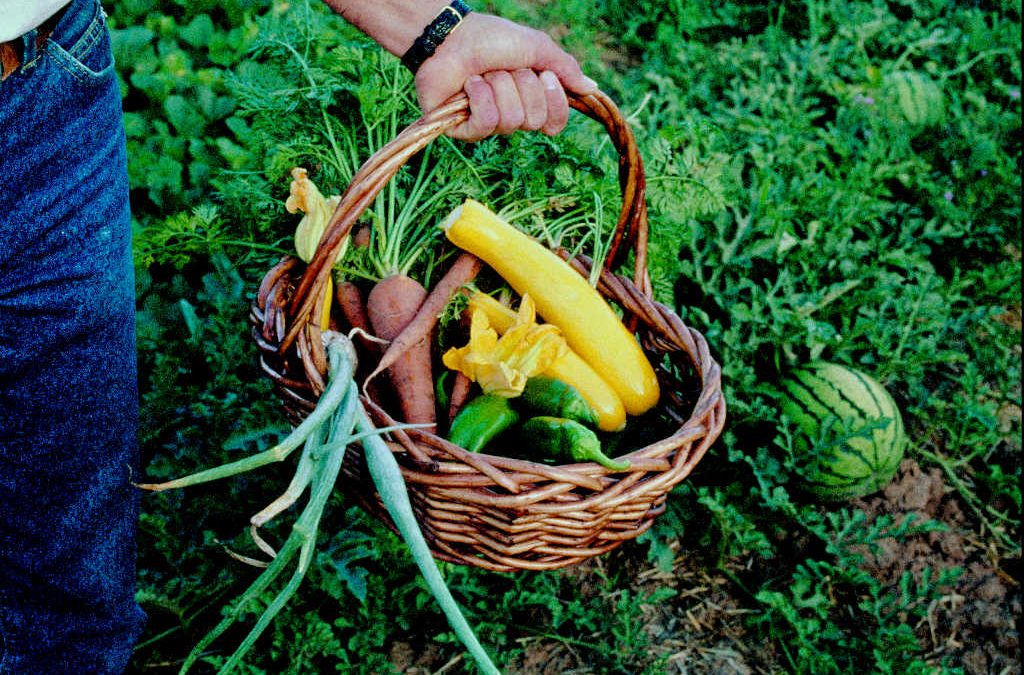
3. Select authentic, high quality organic vegetable seeds to use in your garden:
Organic seeds can be found at local nurseries, garden stores, home centers, online seed stores, seed catalogs, and farm supply stores. Always make sure the seed company is “certified organic” and be sure to stay away from any seeds that are “genetically engineered.” To save money, start growing the seeds indoors and transplant outdoors when ready.
4. Make your own compost:
Compost, also known as “gardeners gold,” is a vital element in organic gardening that improves the soil structure of your garden. Compost provides a great source of nitrogen, phosphorous, potassium, and micro/macronutrients essential for plant growth. It also aids in stabilizing soil moisture and pH which helps keep the soil cooler during the summer months.
Other benefits of organic compost:
- Great source of food for wildlife because it attracts insects and fungi that eat decaying matter. These small animals support larger animals like songbirds
- Suppresses plant disease
- Assists in controlling soil erosion
- Acts as a mild herbicide
- Reduces need to apply commercial fertilizers
- Reduces amount of waste sent to landfills
- Reduces gas emissions that would result from transporting kitchen waste to a landfill
How to compost:
- Build or buy a compost bin. These can be found at home centers, garden centers, and online.
- Place compost material in repeated layers. To give your compost the best result, alternate layers of green matter with brown matter. An example would be alternating kitchen scraps with straw/stalks or dead leaves with grass clippings.
- Cover compost heap for optimal results. This will avoid moisture loss and keep in heat.
- Keep the pile moist as a wrung-out sponge.
- Aerate and turn compost pile over frequently.
- When ready, pile will look like fresh fine soil.
Make leafmould:
Leafmould is a dark brown, rich and crumbly material that is created from naturally decomposed Autumn leaves that have fallen onto the ground. It is an excellent soil conditioner and mulch, a great earthworm meal, and is easy to make.
5. Use water wisely:
Water conservation, harvesting, and recycling are great methods for organic gardening.
- Recycle/harvest rain water Not only is rainwater is a great way to hydrate your plants, but it is also an excellent way to lower your monthly water bills, reduce storm-water runoff, and prevent flooding and erosion. It is generally clean, free of containments and byproducts such as minerals, fluoride and chlorine and has a low pH which plants and soils like. Rainwater can be collected and stored using gutters, downspouts, rain barrels and/or cisterns and can be used whenever needed, even later in the season during dry weather.
- Use a soaker hose A soaker hose is a great and easy way to save time and money in your garden. Water seeps out of soaker hoses and delivers water directly to your plants’ roots while keeping the leaves dry, which helps prevent disease. Hand watering is time consuming and tedious, sprinklers can be wasteful due to evaporation and runoff, and drip irrigation is expensive.
- Avoid grey water When recycling water, avoid use of grey water (household waste water that comes from sources such as sinks, washer machines, and showers) on any plants used for consumption. Grey water may contain phosphates, nitrogen, and pathogens that can be harmful to your health.
Keep updated for the second part!
